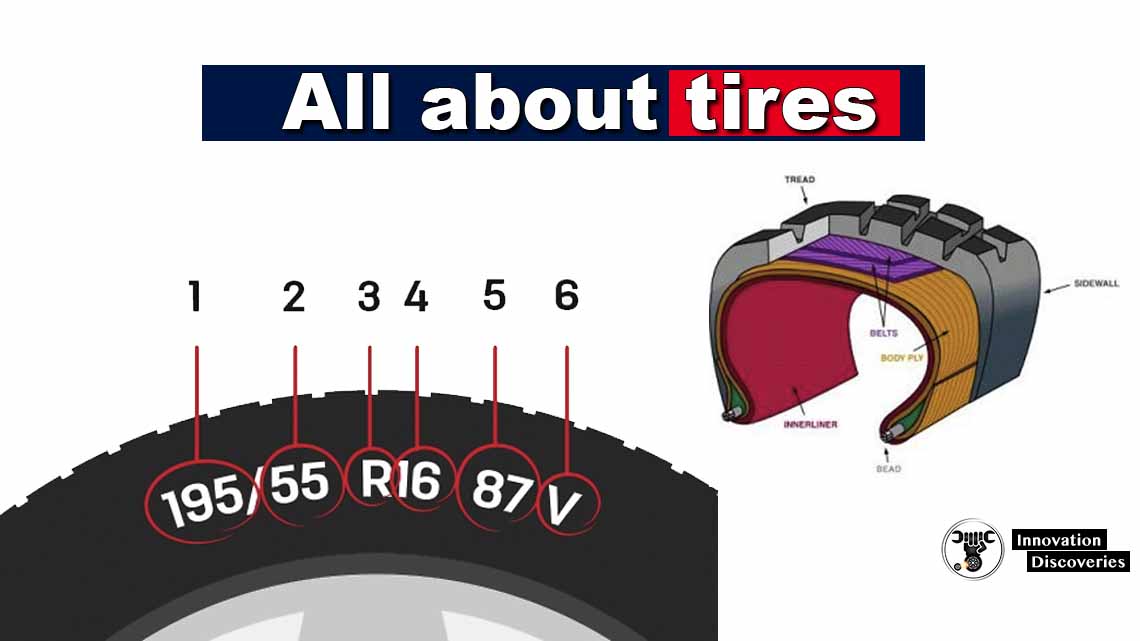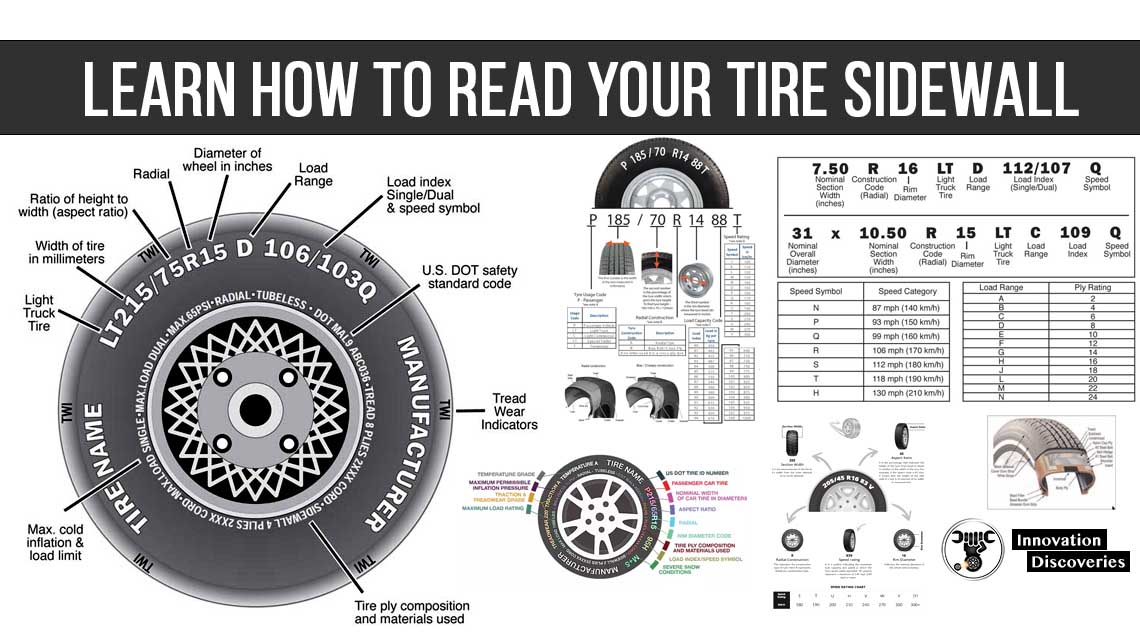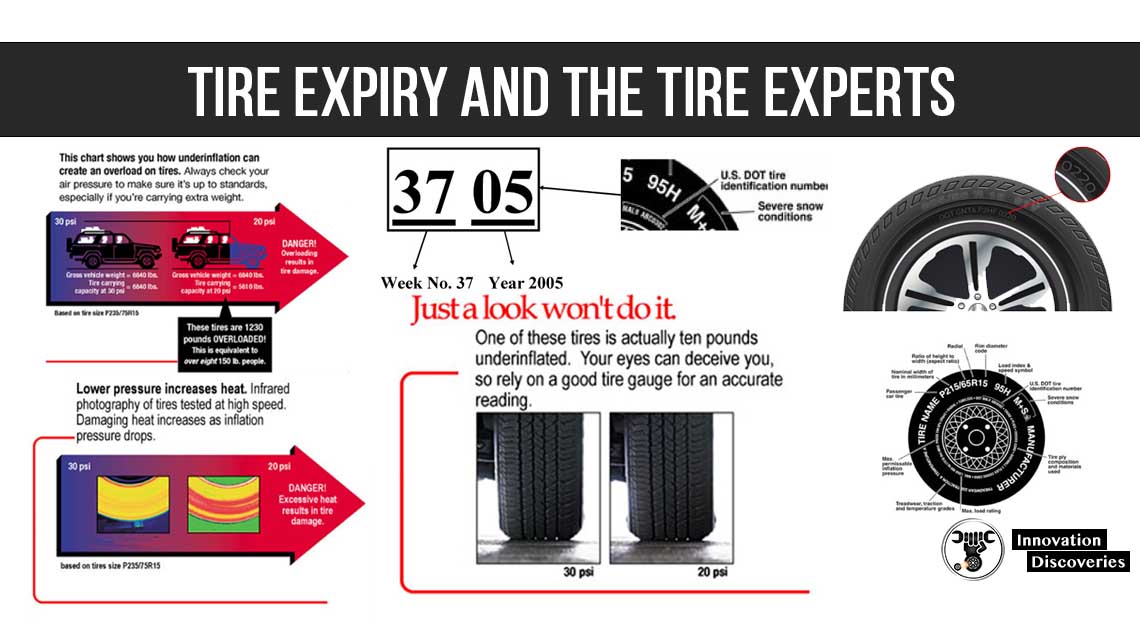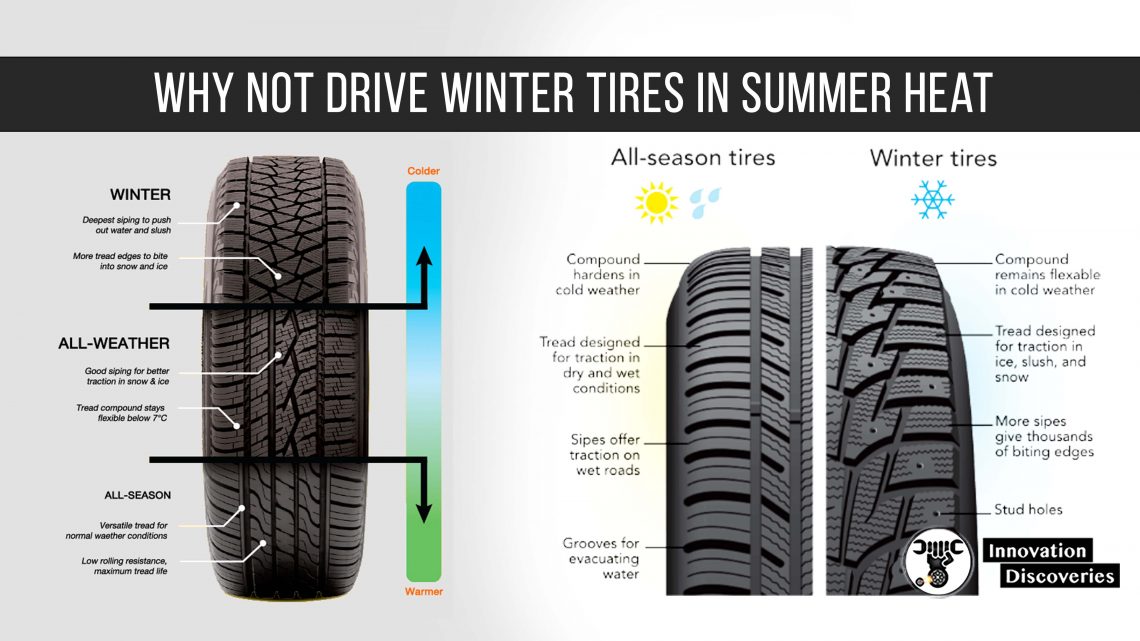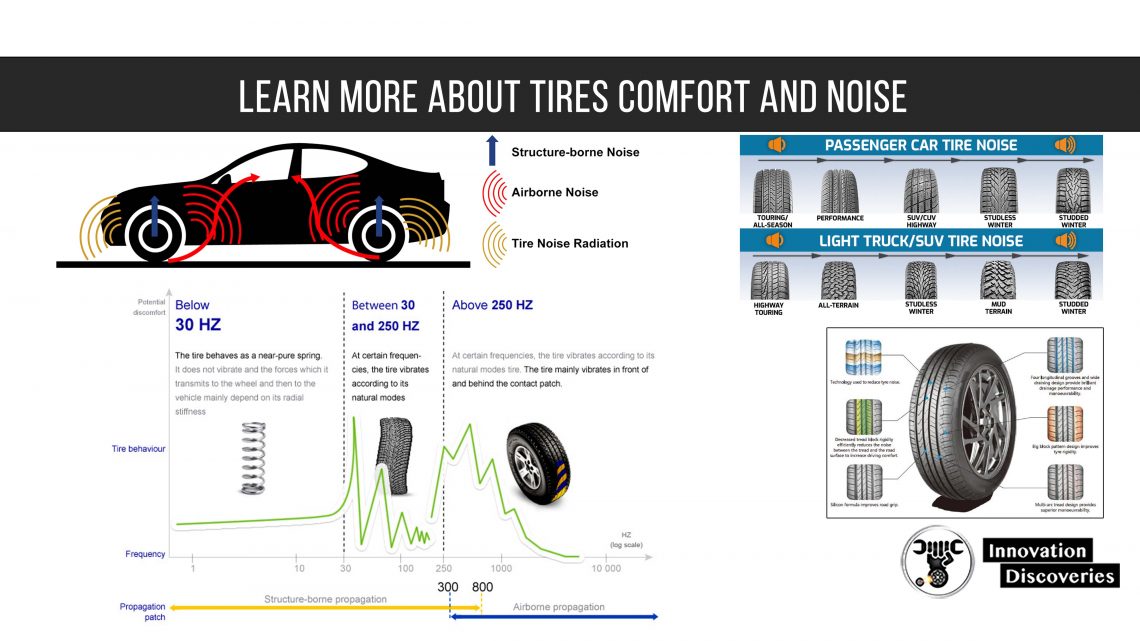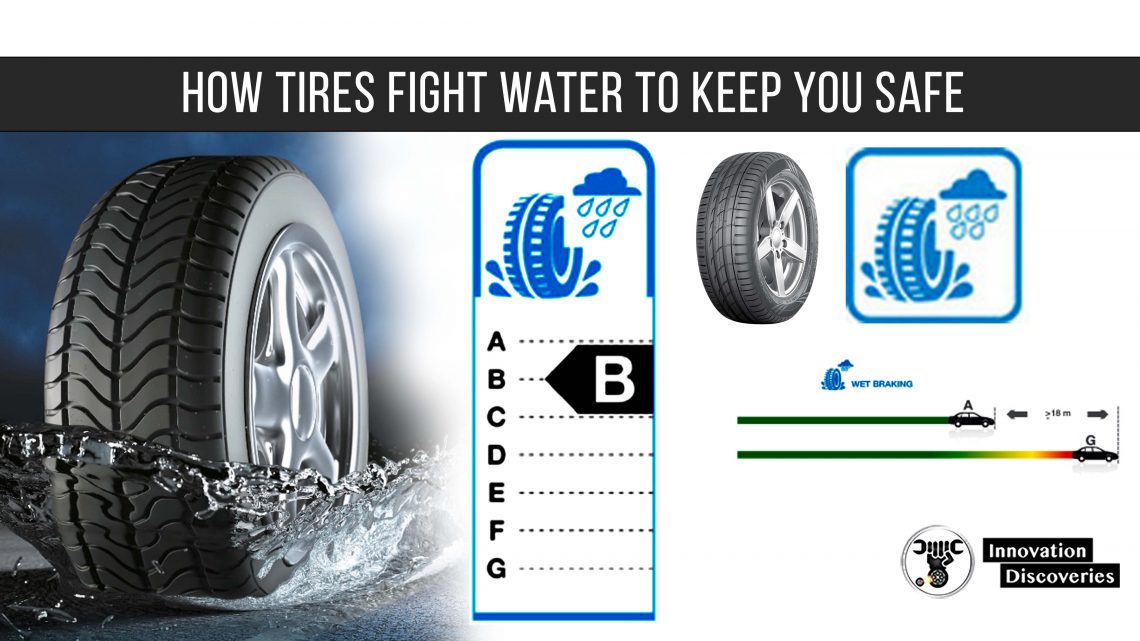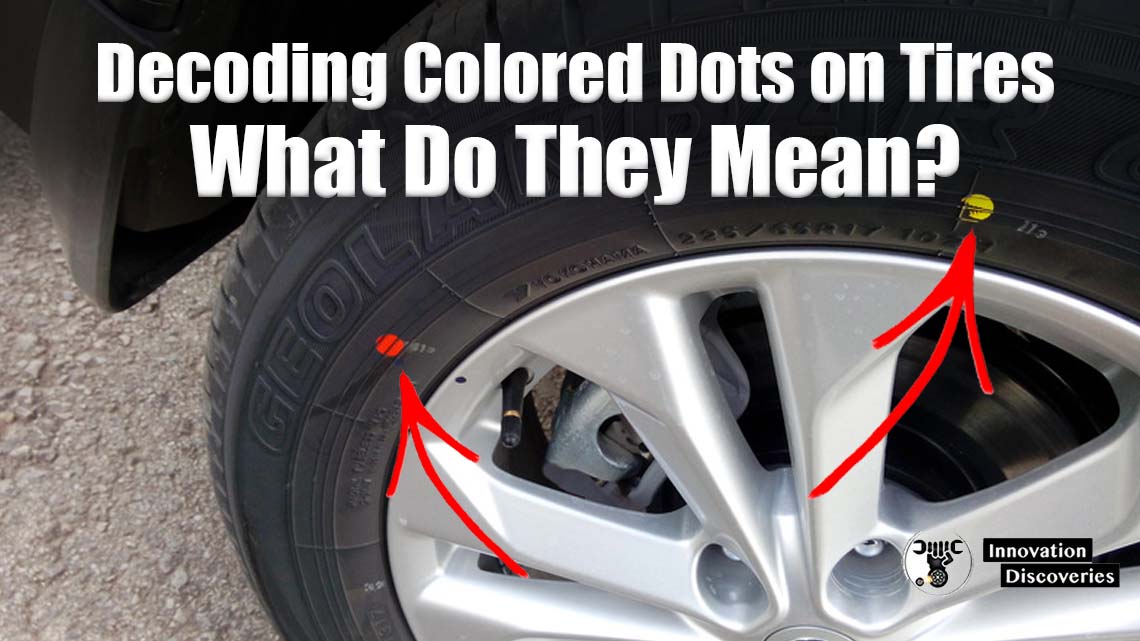
Introduction
When you look at the sidewall of your car’s tires, you might notice colored dots. These dots are not there just for decoration; they actually convey important information about the tire.
Understanding the meaning behind these colored dots can help you ensure your tires are properly balanced, aligned, and mounted.
In this article, we’ll decode the colored dots on tires and explain what each one represents.
1. Red Dot 🔴
The red dot on a tire indicates the heaviest point of the tire. This information is crucial during the tire balancing process. When technicians mount a tire on a wheel, they align the red dot with the valve stem. This balancing technique helps prevent vibrations and ensures a smoother ride.
2. Yellow Dot 🟡
Similar to the red dot, a yellow dot on a tire signifies an important balancing point. In this case, it indicates the lightest point of the tire. Like the red dot, aligning the yellow dot with the valve stem during installation helps achieve proper balance.
3. Green Dot 🟢
Some tire manufacturers use a green dot to mark tires that meet specific criteria, such as low rolling resistance or environmental standards. The exact meaning of a green dot can vary depending on the manufacturer, so it’s a good idea to consult the manufacturer’s documentation for precise details.
4. Blue Dot 🔵
While less common than the other colored dots, a blue dot might indicate that the tire has been treated with a special compound or is of a particular type. Blue dots are not as standardized as red or yellow dots, so it’s essential to check with the manufacturer for their specific interpretation.
5. White Dot ⚪️
White dots are often used to indicate the side of the tire that should face outward when mounted on the vehicle. This is particularly important for tires with asymmetrical tread patterns, where one side of the tire is designed differently from the other. Ensuring that the white dot faces outward helps optimize tire performance.
Conclusion
Colored dots on tires serve as valuable indicators of various tire attributes, such as balance points, special features, or directional information.
Understanding the meaning of these dots can help you or your tire technician ensure that your tires are mounted correctly, balanced properly, and aligned as needed.
If you ever encounter a colored dot on your tires and are unsure of its significance, don’t hesitate to consult the manufacturer’s documentation or reach out to them directly for clarification.
Proper tire maintenance is essential for both safety and optimal performance on the road.
Related Content:

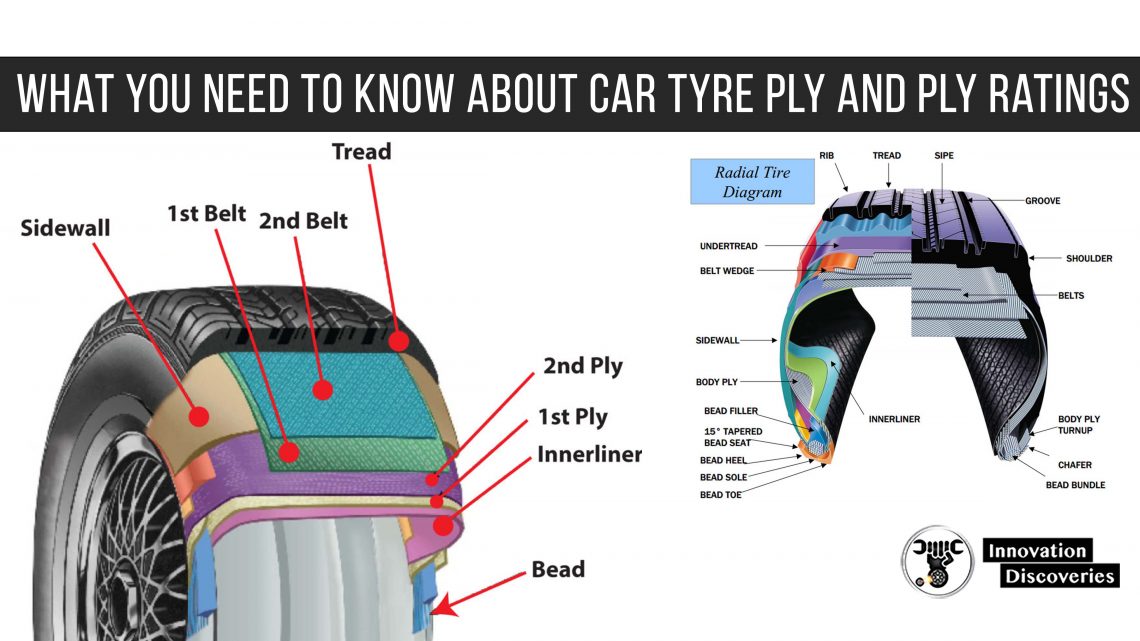
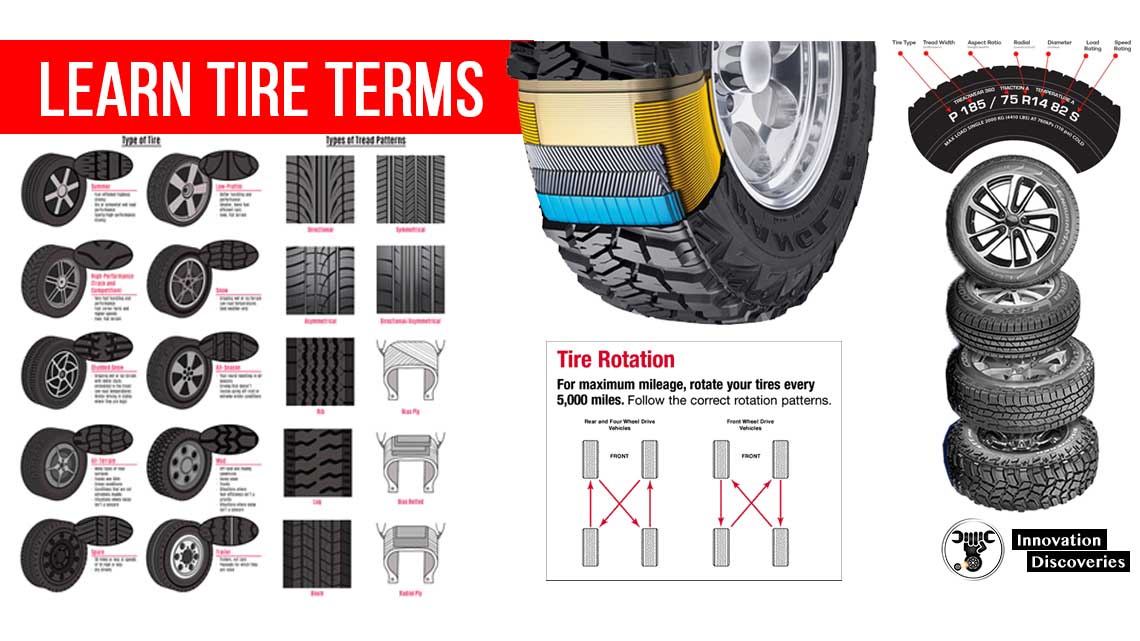
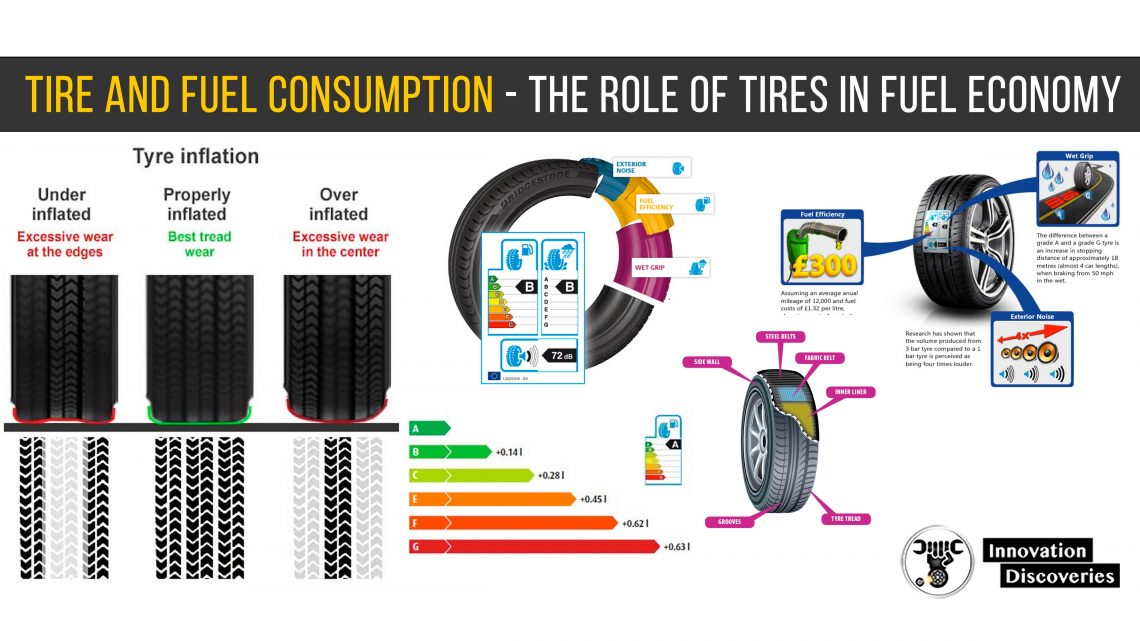

Visit Forum
Visit Our Friendly Website


